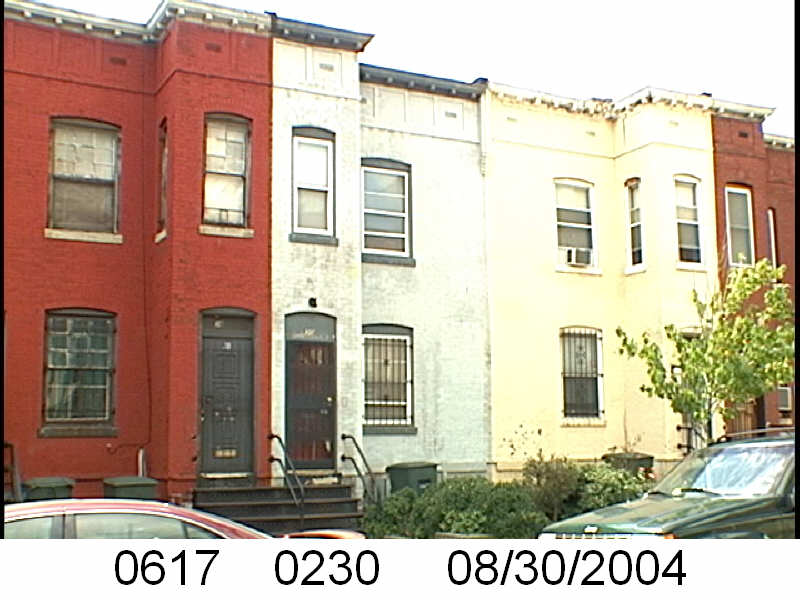Well this is not a Washington Sanitary Improvement Company (WSIC) house. But I’m going to give it the WSIC treatment because our fav Greek slum landlord, Geo. Basiliko shows up, as does the Bates Street Associates.

Let’s see what happens with 130 Bates St NW, starting with the 1st DC Recorder of Deeds doc:
- August 1937 Martha E. Aue borrowed $2,700 from the Metropolitian Building Association (trustees Melvin F. Bergmann and Edmund M. Emmerich).
- August 1937 Aue was released from a 1920 mortgage with trustees Patrick J. Welshe and Charles Schafer.
- June 1951 Aue sold the home to Mary A. Furnary.
- June 1951 Furnary borrowed $4,500 from the Liberty Building Association (trustees Louis C. Dismer, Julius A. Maedel, and John H. Stadtler).
- July 1951 Aue was released from her 1937 mortgage.
- May 1952 Furnary sold the property to Donald Quarles.
- Quarles borrowed $4,415 from trustees Howard F. and Robert A. Humphries at 6% interest. Half of the amount was for Furnary and the other half for Rebecca M. Smith.
- July 1952 Quarles and his wife Earline, transferred the property to Robert A. Humphries, who in the next doc transferred it back to them.
- March 1962 the June 1951 Furnary loan was foreclosed upon and for $5,600 George Basiliko was the winner of the auction.
- March 1962 Sophia and George Basiliko borrowed $4,800 from the Perpetual Building Association (trustees Junior F. Crowell and Samuel Scriverner Jr.)
- July 1970 the Basilikos were released from the 1962 loan.
- October 1980 the Bates Street Associates Limited Partnership, with Haley-Makielski Associates, George Holmes Jr. and Jack W. White sold the property to Delores W. Manning and her daughter Lawanna Manning.
I will leave the property history there. So let’s look at the people involved ending with the Basilikos.
Mrs. Martha E. Aue shows up in the 1936 DC City directory at 130 Bates (Ancestry says 30 Bates). Martha Rollins married William Aue in 1898. The 1950 census showed that she was a white widowed 74 year old female living with her 47 year old son Raymond Henry Aue and a roomer. Both she and her son were listed as unable to work. On his WW2 draft card he was listed as being blind. Raymond died that year and Martha died in 1958.
Mary A. Furnary was a bookkeeper at a Real Estate Firm according to the 1950 census. She lived with her parents who were Italian immigrants.
Unfortunately, there were two Donald Quarles in DC in the 1950s. One white, one black, and neither one I can connect to Earline.
This is not a WSIC house. It was not owned by anyone associated with WSIC nor the Colonial Investment Co, which purchased the WSIC rentals.

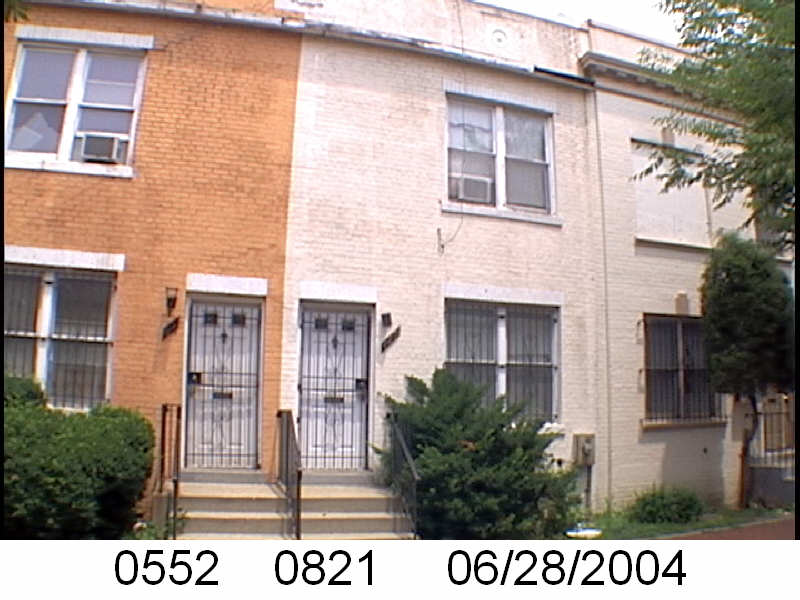 From the picture above of 127 Bates from 2004, the lot number is 0821.
From the picture above of 127 Bates from 2004, the lot number is 0821.
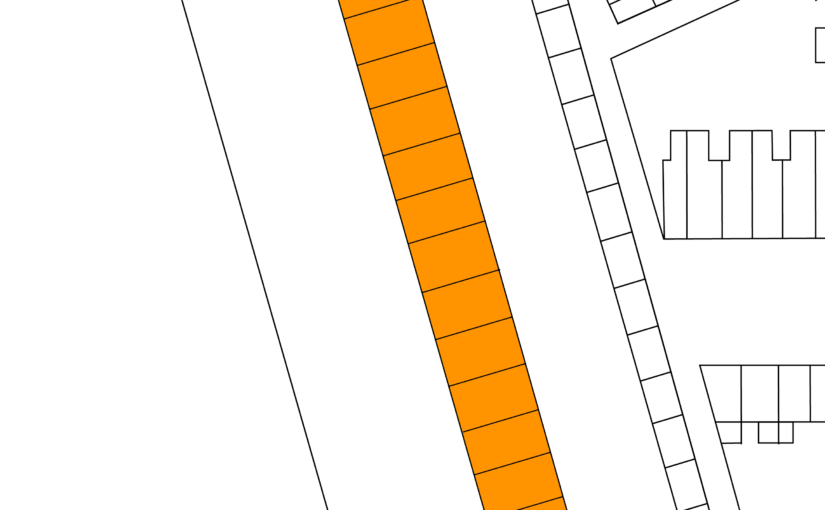
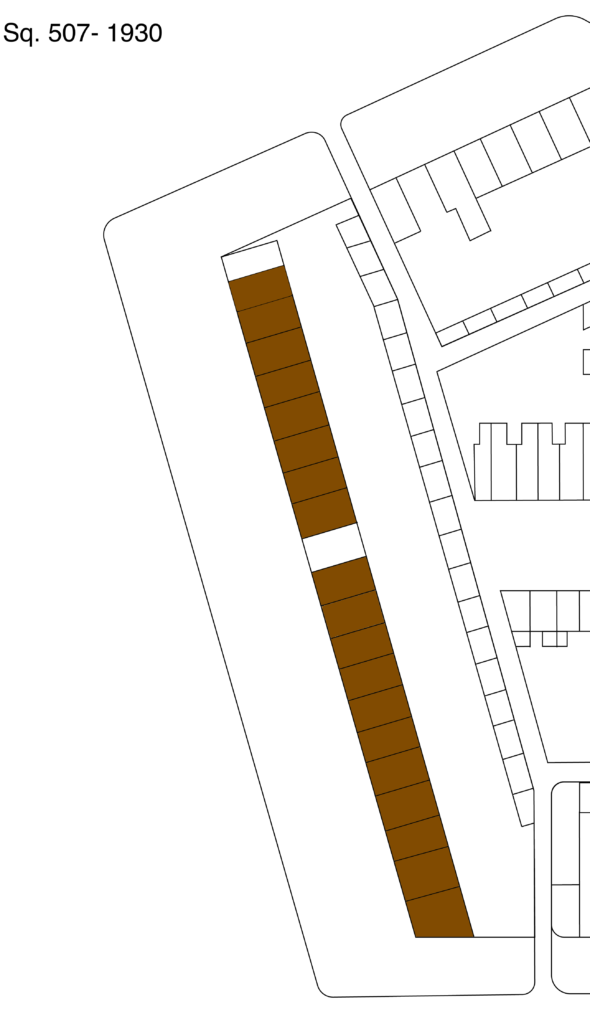


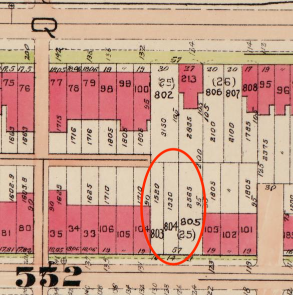

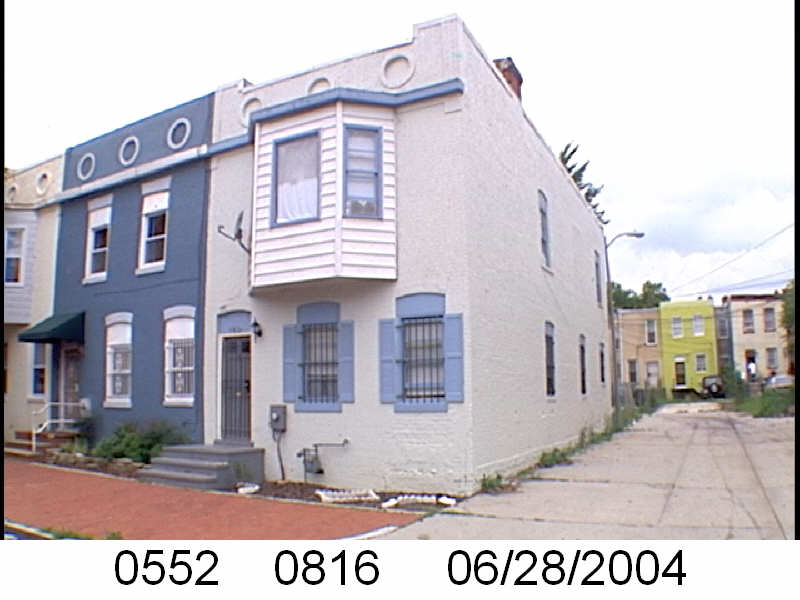
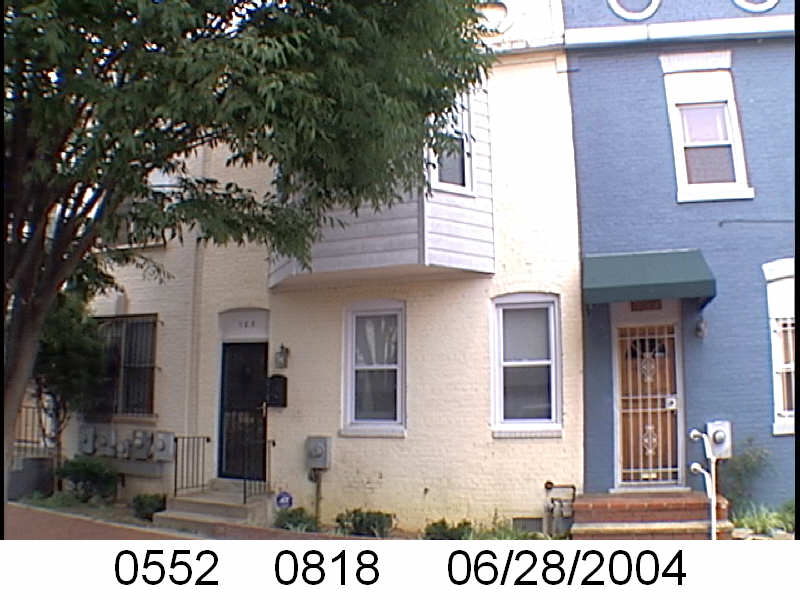
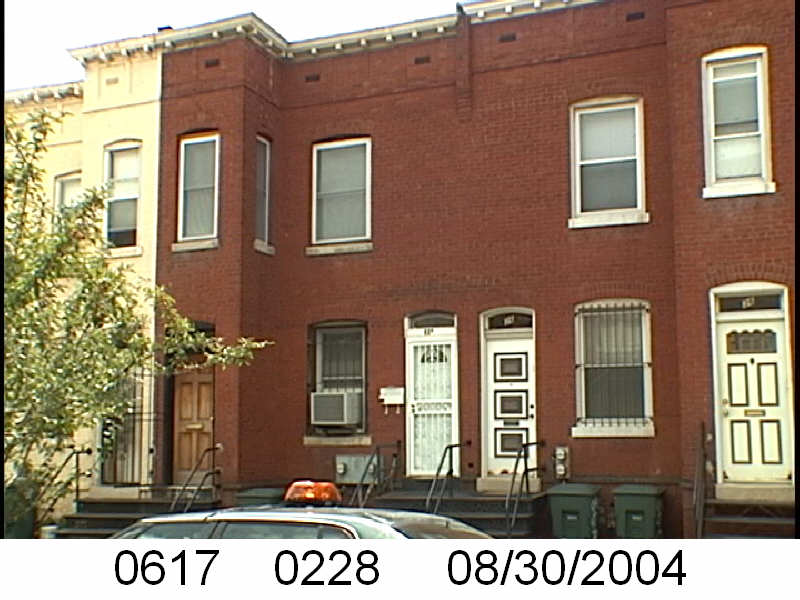
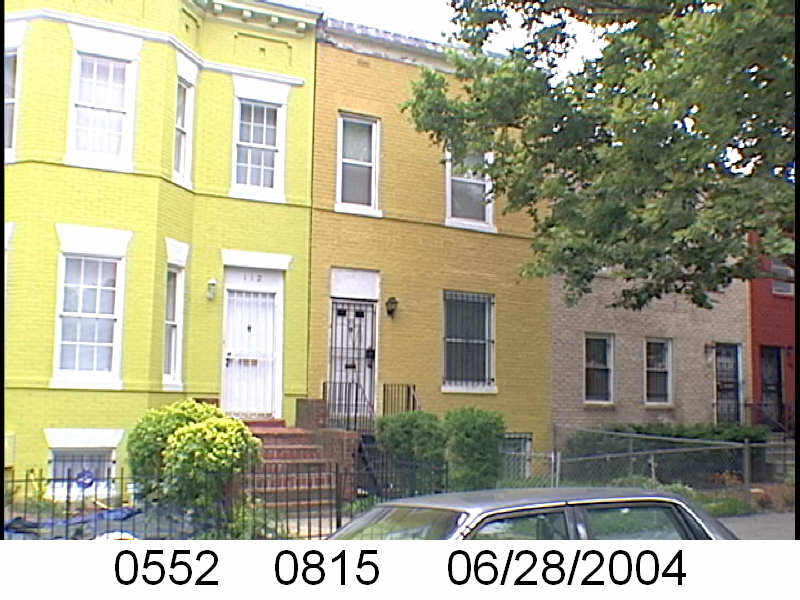
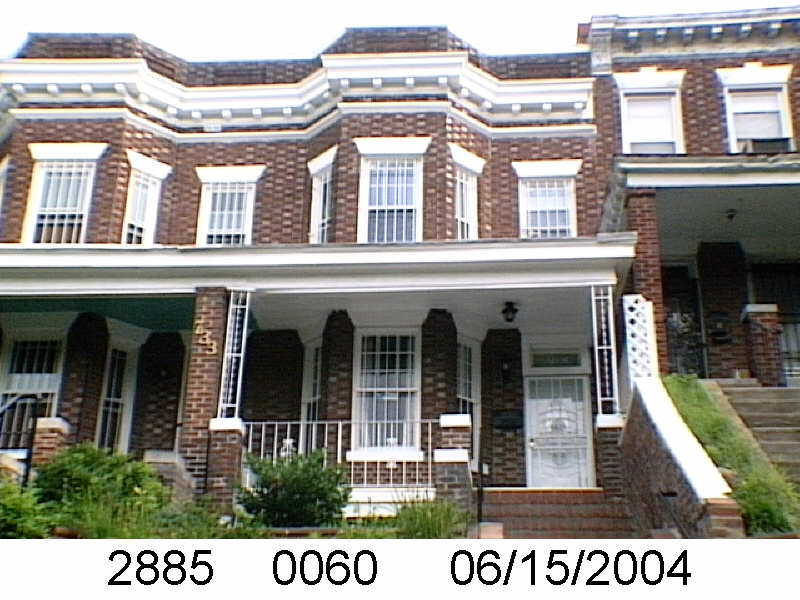
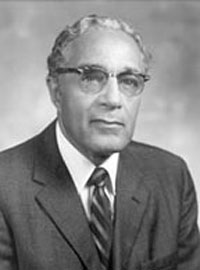 When I ventured over to the profession I see that Mr. Wesley is Dr. Wesley at a university. Time to check the Google.
When I ventured over to the profession I see that Mr. Wesley is Dr. Wesley at a university. Time to check the Google. 